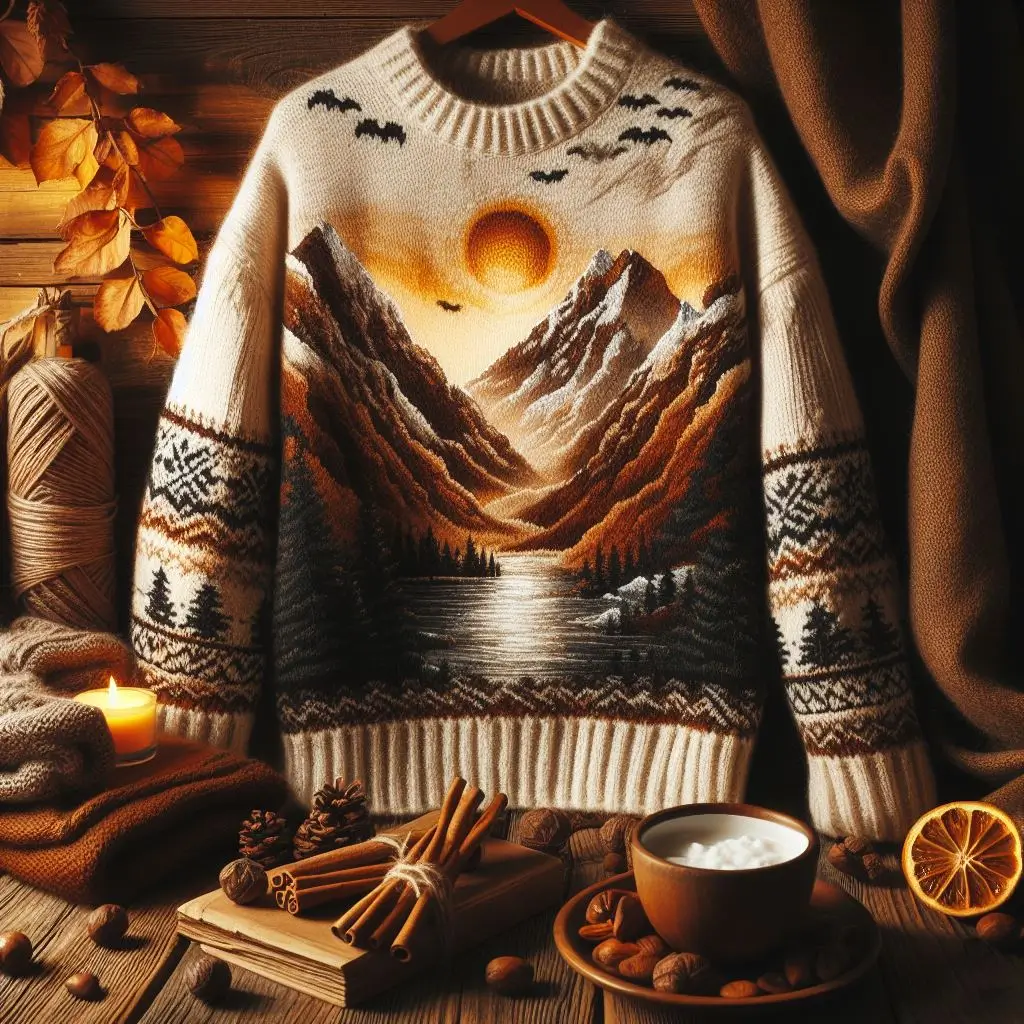Conquering the Chill: Materials That Provide Warmth Even When Wet
Staying warm and dry is paramount when venturing into the elements, be it a snowy mountain trek or a rainy afternoon hike. But what happens when your gear gets wet? Traditional cotton clothing loses its insulating properties when damp, leaving you feeling cold and miserable. Luckily, several innovative materials defy this wet-equals-cold equation, offering warmth even in saturated conditions. This deep dive explores the science of warmth, delves into the remarkable properties of these wet-wicking wonders, and provides insights into choosing the right gear for your next adventure.
Understanding Thermal Comfort: The Science Behind Staying Warm
Our bodies generate heat, and the key to staying warm lies in retaining that heat while preventing excessive heat loss to the environment. Several factors influence thermal comfort:
- Insulation: Insulating materials trap air, creating a barrier that slows heat loss. Common examples include down feathers, synthetic fibers like polyester, and wool.
- Moisture Management: When wet, clothing loses its insulating ability. Materials that wick away moisture from the skin, like merino wool or synthetic base layers, help maintain warmth by keeping the body dry.
- Wind Protection: Wind accelerates heat loss. Windproof materials like tightly woven fabrics or a thin outer shell create a barrier against wind, minimizing convective heat loss.
The Culprit: Why Wet Clothing Makes You Cold
Cotton, a common clothing material, absorbs moisture readily. When wet, this moisture conducts heat away from the body at a significantly faster rate than air. This rapid heat loss leads to the feeling of coldness, even in relatively mild temperatures.
Beyond Cotton: Materials that Embrace the Wet
Several innovative materials excel at retaining warmth even when wet, making them ideal for outdoor adventures:
- Wool: A natural wonder, wool boasts exceptional insulating properties. The unique crimp in wool fibers traps air, even when wet. Additionally, wool absorbs moisture vapor (not liquid water) without feeling damp, allowing the body to breathe and maintain some level of warmth.
- Merino Wool: A finer and softer cousin of regular wool, merino wool offers all the warmth benefits with superior comfort and itch-resistance.
- Synthetic Fabrics: Modern synthetic materials like polyester fleece or advanced fabrics like Polartec offer excellent insulation when dry. While their ability to insulate when wet can vary, some advanced synthetic materials perform admirably in damp conditions.
- Down: When dry, down feathers are unrivaled in warmth-to-weight ratio. However, down loses most of its insulating ability when saturated with water. Treated down can offer some level of water resistance, but extreme caution is needed to avoid soaking down garments.
Choosing the Right Gear: Matching Material to Activity
When selecting gear for your outdoor pursuits, consider the following:
- Activity Level: High-exertion activities generate more heat, so breathability becomes crucial. Opt for moisture-wicking base layers like merino wool or synthetic fabrics.
- Weather Conditions: For anticipated rain or snow, prioritize waterproof outer layers while maintaining breathability to avoid sweat build-up. Consider layering with wet-wicking base layers and a mid-layer for insulation.
- Personal Comfort: Material preference plays a role. Merino wool offers excellent warmth and comfort, while synthetic fabrics might be lighter and faster drying.
Maximizing Warmth in Wet Conditions: Layering Strategies
Layering is an effective way to stay warm and dry in wet environments:
- Base Layer: A moisture-wicking base layer made of merino wool or synthetic fabrics draws sweat away from the skin.
- Mid-Layer: An insulating mid-layer made of fleece, down (in dry conditions), or synthetic insulation traps warmth.
- Outer Shell: A waterproof and breathable outer shell protects against wind, rain, or snow while allowing moisture vapor to escape.
Beyond Materials: Additional Tips for Staying Warm When Wet
- Stay Dry: Seek shelter from rain or snow whenever possible.
- Change Wet Clothes: If your clothes become saturated, change into dry garments as soon as possible.
- Stay Active: Movement generates heat, helping you stay warm.
- Hydrate and Eat: Proper hydration and food intake maintain energy levels and support the body’s heat production.
Conclusion: Conquering the Elements in Comfort
Understanding the science of warmth and the properties of materials that excel in wet conditions empowers you to choose the right gear for your adventures. By embracing innovative materials, layering effectively, and adopting smart practices, you can stay warm and comfortable, allowing you to focus on enjoying the outdoors, rain or shine.






More Stories
Is there a lifetime limit on epidural steroid injection?
What is Section 20 of the Motor Accident Insurance Act (Queensland)?
Where to Watch USMNT vs Jamaica National Football Team